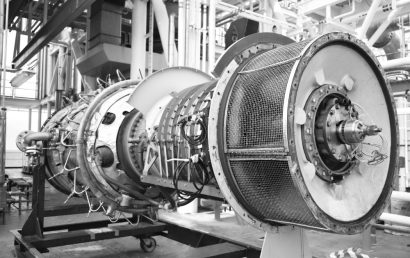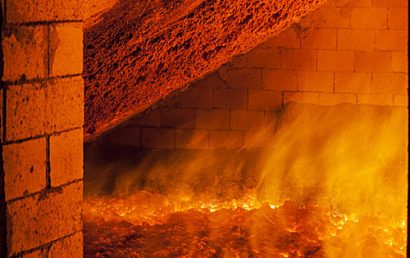Surface Coatings Help To Protect Marine Equipment
Of all the conditions in which to work, the marine environment is possibly the most brutal. Maritime structures and equipment are constantly deluged with harsh weather and salt. These conditions encourage corrosion and abrasion. Fortunately, there are state of the art surface coatings for marine equipment that protect it from wear and the elements.
Offshore Structures
The coating on offshore structures and maritime equipment can be severely impacted by the environment. Some of the most affected areas in this application are chain wells, anchors, ballast tanks, superstructure, and decks. Various chemical agents, as well as salt, make all of these susceptible to corrosion and abrasion. Additionally, when equipment is moved around it can receive even more wear. For example, on an oil rig, massive drill pipes are laid across the deck. Eventually, they are dragged around and lifted for the operation of drilling. All of this makes them prone to high levels of damage. What little surface coating there may be is worn away in no time. That leaves the drill pipe and deck wide open to corrosion because the metal has been scraped bare.
Minimizing Damage
Ideally, components and machinery need to be protected from abrasion and chemical attacks from salt and petroleum products. One way of offering this type of protection is through flexible surface coatings. Protective coatings can be applied through a thermal spray process. The coatings themselves are highly specialized due to their need to be flexible yet still protect against abrasion, impact, corrosion, etc. There are coatings that have been specifically designed for maritime structures.
The Process Of Protection
Let’s take a look at the process off protection. We’ll use, as an example, the platform deck. First of all, debris and existing coatings must be removed from the surface. This provides the proper surface to which the primer and coating will adhere. Some primers are made from zinc. Once the sealant or primer has been rapidly applied, it’s time for a coating with no VOC (volatile organic component) properties. The thermal sprayed coating will offer maximum protection against the elements, wear, and harsh handling. These flexible coatings are weather resistant and have considerable strength against high-impact.
Time Is Money
One important aspect of the thermal spray process is to minimize downtime. When equipment is down, no one is making money. Operations are disrupted less by the quick application methods available through the thermal spry process. In no time, surfaces that have been sprayed can be touched, used, and even walked on. (As in the case of the deck referred to earlier.) These specialized coatings “snap cure”, meaning that they are rapid setting. Most are suitable for use within minutes.
Because of the conditions under which these protective coatings are applied, some are designed to be unaffected by ambient temperature or moisture during the application procedure. As the temperature changes, and the object being coated expands and contracts, the coating has the ability to flex. This is essential in offshore coatings. They also tend not to run or sag, even when sprayed on in a thick layer.
If you would like to find out more about the thermal spray process, or maritime coatings that may benefit your equipment and your business, contact us at A&A Coatings.



